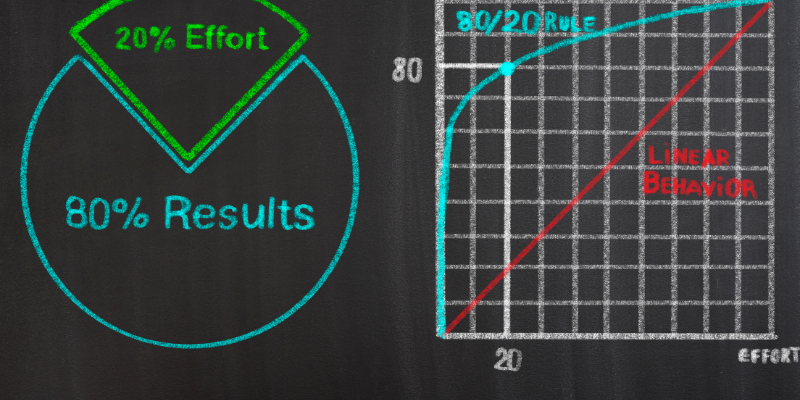Understanding the Fundamentals of Phage Typing
Phage typing is a powerful microbiological method used to differentiate bacterial strains based on their susceptibility to specific bacteriophages viruses that infect bacteria. This exercise offers a practical demonstration of how bacteriophages interact with bacterial cells and how their patterns of lysis (cell destruction) can be used to identify and distinguish bacterial subtypes.
In microbiology, especially in epidemiology and diagnostics, phage typing remains a critical technique for tracking infectious outbreaks, identifying strains of clinical significance, and developing targeted treatment approaches.
Principle of Phage Typing: A Brief Overview
The principle of phage typing relies on the unique host specificity of bacteriophages. Each phage can infect only certain bacterial strains based on surface receptors. When exposed to a panel of bacteriophages, a given bacterium may be lysed by some and not by others. This pattern of susceptibility is called the phage type.
The following elements are central to phage typing:
-
Specificity: Each bacteriophage targets specific receptors on the bacterial surface.
-
Lysis Zones: Clear zones or plaques form where bacteria are destroyed by phages.
-
Type Determination: The combination of phages that can lyse a bacterium is used to assign it a phage type.
Laboratory Setup and Objective of the Exercise
The objective of this exercise is to illustrate how phage typing works in real-world laboratory settings. A test bacterium is cultured on an agar plate, and various phage suspensions are applied in predefined grid areas. After incubation, zones of lysis indicate where the phage successfully infected and destroyed the bacterial cells.
Key Components:
-
Nutrient Agar Plate: Provides a medium for bacterial growth.
-
Test Bacterial Strain: Typically a clinically relevant isolate, e.g., Staphylococcus aureus.
-
Phage Panel: A set of bacteriophages with known specificities.
-
Incubation: 24–48 hours at 37°C to allow for visible lysis.
Detailed Step-by-Step Process
1. Preparation of the Bacterial Lawn
A uniform bacterial lawn is critical for observing lysis. The bacterial culture is swabbed evenly across the surface of the agar plate to ensure complete coverage.
-
Inoculum Standardization: The culture is adjusted to a specific turbidity, e.g., McFarland 0.5.
-
Swabbing: Three-way swabbing technique ensures even distribution.
-
Drying Time: Letting the plate dry for 10–15 minutes improves phage adherence.
2. Application of Phage Suspensions
Each bacteriophage solution is spotted or streaked onto designated areas of the plate.
-
Spot Volume: Typically 5–10 µL.
-
Phage Control: Always include a known strain for validating phage activity.
-
Labeling: Plates are labeled with the phage identification grid.
3. Incubation and Observation
Plates are incubated under optimal conditions to allow the phage to infect susceptible bacterial cells.
-
Incubation Period: Generally 18–24 hours.
-
Temperature: 35–37°C is ideal for most pathogens.
-
Lysis Zones: Clear, circular plaques indicate phage activity.
Interpreting the Results
Formation of Clear Zones
Where the phage is able to infect and lyse the bacteria, clear zones or plaques form. These are recorded and matched against known phage reaction patterns.
-
Positive Reaction: Clear plaque visible.
-
Negative Reaction: No change in the bacterial lawn.
Creating a Phage Typing Profile
Each strain is assigned a phage type based on the combination of positive and negative reactions. This profile is then compared to a phage typing database to determine the identity or relatedness of the strain.
For example:
| Phage | Result |
|---|---|
| Phage 1 | + |
| Phage 2 | – |
| Phage 3 | + |
| Phage 4 | – |
| Phage Type: 1,3 |
Scientific Significance of the Exercise
This exercise serves multiple educational and scientific purposes:
-
Demonstrates Host Specificity: Shows how phages selectively infect bacteria.
-
Reveals Epidemiological Links: Identifies related strains during outbreaks.
-
Supports Diagnostic Microbiology: Aids in rapid identification of pathogens.
-
Encourages Laboratory Skill Development: Reinforces aseptic techniques, precision spotting, and microbial interpretation.
Applications of Phage Typing in Modern Science
Phage typing has played a pivotal role in numerous landmark investigations, including:
-
Tracking MRSA Outbreaks: Differentiating methicillin-resistant Staphylococcus aureus strains in hospitals.
-
Foodborne Illness Surveillance: Identifying serotypes of Salmonella during contamination events.
-
Bioterrorism Monitoring: Classifying Bacillus anthracis strains.
Additionally, the renewed interest in phage therapy has brought attention back to phage typing as a critical step in selecting therapeutic phages for bacterial infections resistant to antibiotics.
Advantages and Limitations of Phage Typing
Advantages
-
High Specificity
-
Relatively Fast
-
Cost-Effective
-
Simple Laboratory Setup
Limitations
-
Limited to Typable Strains: Not all bacteria are phage-typable.
-
Phage Panel Dependency: Requires well-characterized phages.
-
Reproducibility Challenges: Susceptibility may vary slightly.
Despite these, phage typing remains a benchmark tool in many laboratories due to its precision and simplicity.
Enhancing the Learning Value of the Exercise
To maximize educational outcomes, the following enhancements can be incorporated into the exercise:
-
Control Plates: Include controls with no phage to ensure bacterial viability.
-
Mixed Cultures: Introduce multiple strains to challenge student interpretation.
-
Documentation Practice: Train students to photograph and log results in lab notebooks.
-
Clinical Correlation: Tie findings to real-world epidemiological case studies.
Conclusion: A Living Demonstration of Bacteriophage Utility
This exercise is not merely a technical demonstration—it is a window into the intricate interactions between bacteria and viruses. By observing where and how bacterial destruction occurs, we gain insight into the molecular precision of phage-host dynamics, and how such understanding translates into practical applications in diagnostics, epidemiology, and even therapy.
Phage typing, though simple in its procedural execution, is deeply powerful in what it reveals. The exercise stands as a model of microbial identification, fostering critical thinking, laboratory precision, and microbiological literacy.



